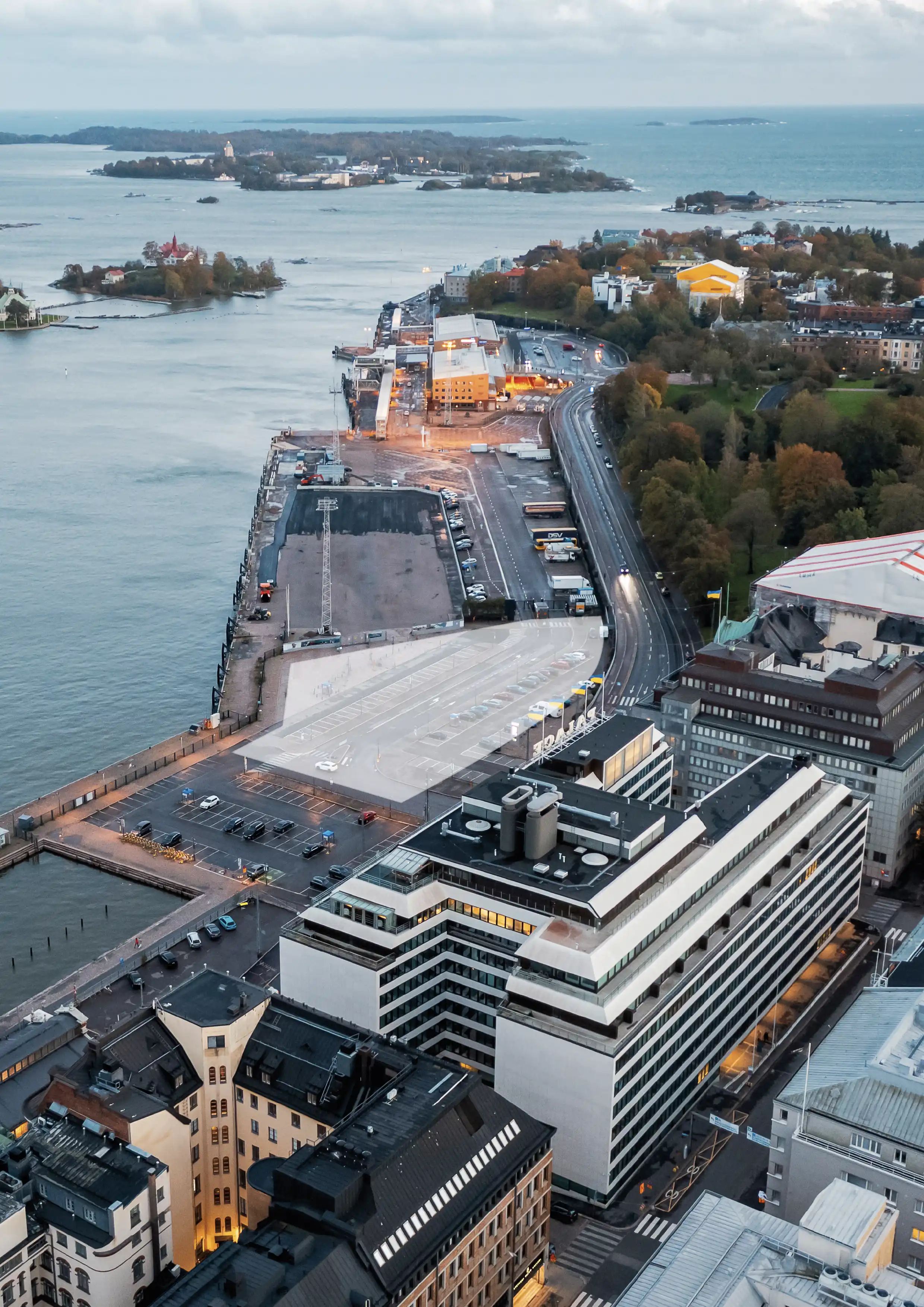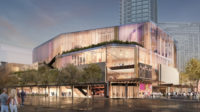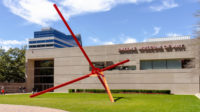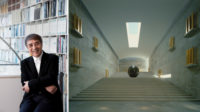Nearly a decade after a highly contentious scheme to establish a new Guggenheim location along Helsinki’s South Harbor was ultimately rejected, a fresh plan is now afoot to establish a destination museum at a nearby waterfront—this time, sans any involvement of the Solomon R. Guggenheim Foundation.
On April 15, state-owned real estate firm ADM and the Foundation for the Finnish Museum of Architecture and Design along with several collaborating partners launched a two-stage international design competition seeking proposals for a “globally unique museum that redefines Helsinki as a destination for architecture, design, arts, and culture.” The roughly $112 million project, dubbed the New Museum of Architecture and Design, brings together two existing national museums, the Museum of Finnish Architecture and Design Museum Helsinki, by combining their collections within a more than 100,000-square-foot facility in the revitalized Makasiiniranta area of South Harbor, which is the historic industrial heart of the city. The two institutions, which formally merged this January, currently operate out of historic buildings, both located on the same city block and both originally constructed for other purposes: Design Museum Helsinki is located in an 1894 neo-Gothic school building and the Museum of Finnish Architecture, one of the oldest institutions of its kind in the world, has been housed since 1981 within a Neoclassical structure erected as a scientific society for the University of Helsinki. (A 1980s-era plan to physically link the two museum buildings via a shared expansion was scrapped.)

Future location for the New Museum of Architecture and Design in the South Harbor district of Helsinki Photo by Sami Saastamoinen/Foundation for the Finnish Museum of Architecture and Design
Per a press release, the new museum, slated for completion in 2030, will “retain and grow the staff of both its predecessors” with a central focus on “democratizing the tools of design.” Through the merger of its predecessor institutions, the new museum will possess a 900,000-object-strong collection featuring a vast array of artifacts and objects associated with famed Finnish architects, including Eliel and Eero Saarinen and Aino and Alvar Aalto, and seminal design brands like Marimekko. In addition to exhibition space and collection storage, the competition brief calls for conference facilities, a harborside restaurant, library, and dedicated space for public programming.
As of February, roughly $120 million in public funding—half from the city and half from the Finnish government—has been secured for the project with additional fundraising from private donors now underway.
Potential entrants in the design competition have until August 29 to submit conceptual proposals as part of stage one; a shortlist comprising three to five concepts selected by the competition jury will be unveiled in December. From there, the finalists will develop viable design proposals, with the winner being announced in September 2025.
While the planned New Museum of Architecture and Design is an entirely different beast than the Guggenheim Helsinki scheme, the messy and very public failure of that project still lingers over the city. Mired by widespread public opposition, conflicts of interest, and concerns about the project’s financial feasibility, the original plan was first introduced to Helsinki City Council in 2011 and rejected the following year. A main point of contention was the $30 million licensing fee, drawn from public funds, required by the Guggenheim Foundation for the proposed museum to use its name. A rejiggered plan was hatched in 2013, with a closely watched international design competition kicking off in 2014; French-Japanese firm Moreau Kusonoki Architectes ultimately triumphed. In 2016, however, the project was nixed altogether by Helsinki City Council in a 53 to 32 vote due to opposition over the partial use of public funding for the $138 million project. Supporters of the plan believed that opening a Guggenheim museum in the Finnish capital city would usher in the “Bilbao effect”—a sustained period of revitalization and economic growth like that experienced in the Basque city after the Frank Gehry–designed Guggenheim offshoot debuted there in 1997.
As for the future New Museum of Architecture and Design, it does appear to be smooth sailing thus far as two longstanding Helsinki institutions, now merrily merged, ready themselves to finally come together under one shared roof.









Post a comment to this article
Report Abusive Comment